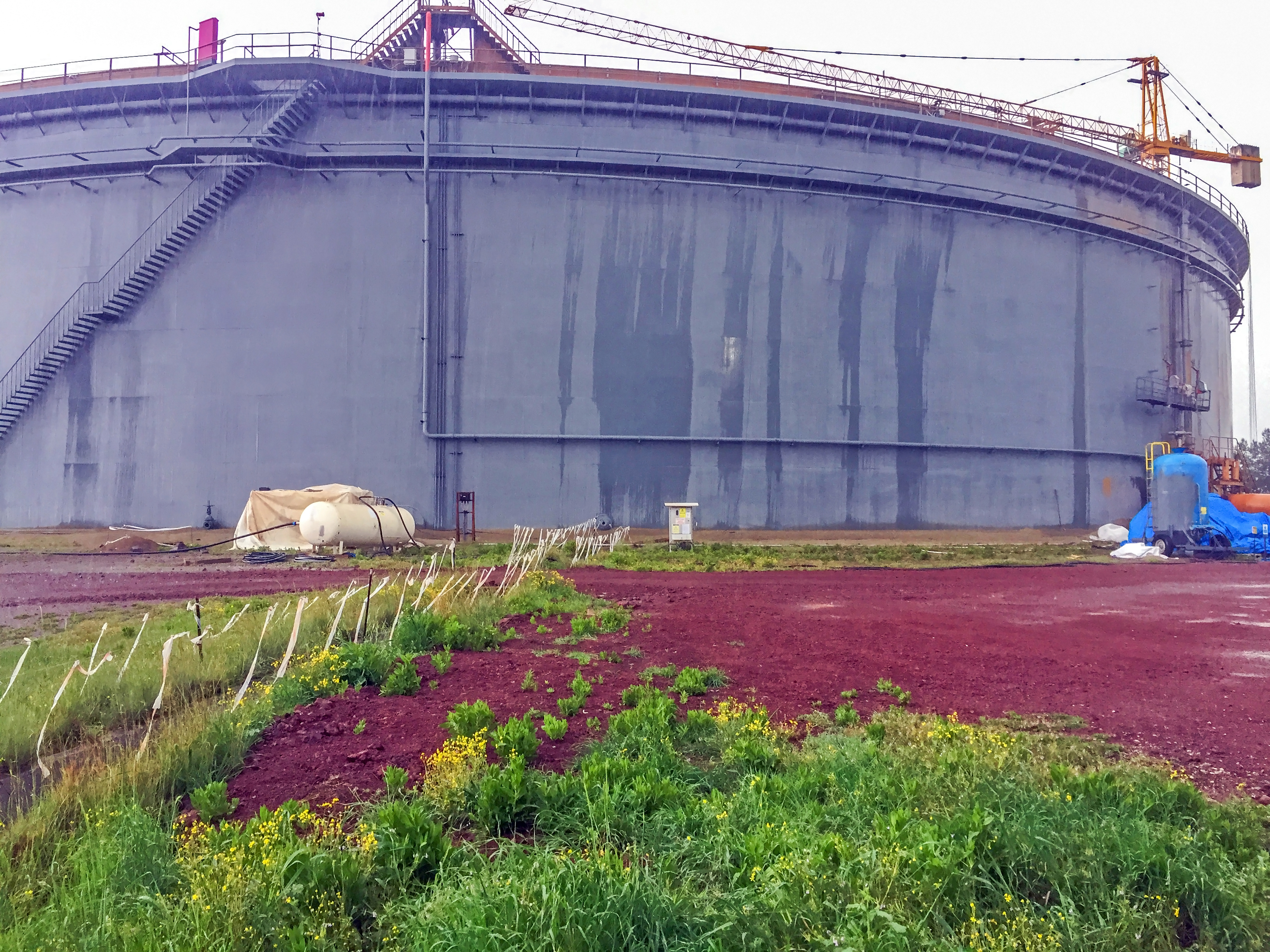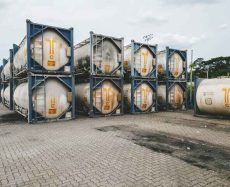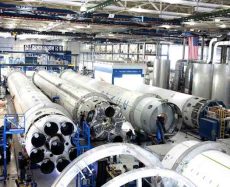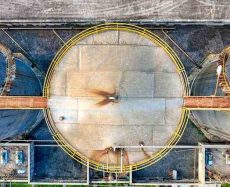
- admin
- March 15, 2019
Floating Roof Tank Maintenance Procedure
Storage tanks are popularly used in a number of industries particularly in petrochemical and oil refinery industry that store multitude of products.
Tanks have several variations, such as open roof tank, fixed roof tank, floating roof tank and more.
Floating roof tank is really unique as the roof floats on top of the contents. It doesn’t remain fixed in a place like the other sort of tanks.
In this type of tank, there remains zero vapor space that eliminates the threat of flammable atmospheric condition within the tank.
Several industrial standards and codes are available for basic requirements of tank design, construction and maintenance.
But all of these procedures can’t remove the chances of accident completely and there are numerous incidents of fatalities and injuries.
Safety and maintenance issue need to be attended to following the modified standard codes to reduce the numbers of tank failure.
How many types of floating roof tank are available in the market?
There are 2 types of Floating roof tank:
i) Internal Floating roof tank
ii) External Floating roof tank
Principles of Floating roof tank:
Floating roof tank has built-in buoyancy that allows the roof to float on top of the content in open or closed top tank.
Flexible sealing system seals the gaps between the tank wall and the outer rim of the roof to protect the liquid from contamination and evaporation.Roof seal needs to be selected carefully as environment plays a great role in the building of a floating roof tank.
Advantages of Floating roof tank:
i) Eliminates the possibility of flammable condition within the tank
ii) Zero vapor space
iii) Reduced amount of evaporation loss
iv) Minimize air pollution
Maintenance of Floating roof tank:
This is the most difficult part of a floating roof tank. A variety of factors play big roles in it. Here we’ll discuss them one by one:
i) Material Selection:
Carbon steel is the best choice while building a floating roof tank. The liquids within these tanks are kept in a very low temperature. Ferritic steels or materials like these can cause cracks that can affect the safety in future.
Though low alloy materials such as carbon steel is a great choice but, for lower temperature, austenitic materials or nickel alloys should be chosen.
ii) Corrosion Resistance:
Corrosion causes defects in the body of the tank that is harmful for the tank as well as for the products. An internal lining can save the tank body from corrosion and ensures tank’s longevity.
iii) Tank integrity and stability:
Stress analysis of the tank is important to stabilize its condition.
iv) Thickness:
An Elastic analysis is must to calculate the tank’s thickness.
v) Soil Settlement:
Lack of proper soil investigation leads to consequential problems in floating roof tank.
vi) Support Leg:
Lack of careful consideration can result in lateral deflection of the support leg.
All of these need to be taken care of while building a floating roof tank. Regular inspection is a must to prevent accidents, such as burning or shell buckling.
We at GSC Tanks follow all of the required safety measures while building a floating roof tank. Our API and ASTM certified tanks are made following advanced techniques.
Contact us on 470-589-7790 or write to us at sales@gsctanks.com for more information.
- floating roof tank
- floating roof tank maintenance
- industrial tank
Category
- Above Ground Fuel Tanks
- Above Ground Gas Storage Tank
- Above Ground Storage Tanks
- Above Ground Water Storage Tanks
- Agricultural Tanks
- Chemical storage Tanks
- Diesel Fuel Storage Tanks
- Diesel Storage Tanks
- Exernal FloatingRoof Tanks
- Farm Water Tank
- Fiberglass Oil Tanks
- Fiberglass Septic Tanks
- Fiberglass Underground Fuel Storage Tanks
- Field Erected Tanks
- Floating Roof Tank
- Fuel tank
- Industrial Chemical Storage Tanks
- Industrial Gas Tanks
- Industrial Plastic Tanks
- Industrial Storage Tanks
- Industrial Tank heating pads
- industrial tanks
- Natural gas
- Natural gas vs Propane
- oil storage tank
- Oil Storage Tanks
- Peracitic Acid
- Petroleum Tanks
- Residential gasoline storage tanks
- Residential Water Storage Tanks
- Sodium Hydroxide Storage Requirements
- Sodium Hypochlorite Storage Tanks
- storage tank failure prevention
- Storage Tanks
- Sulfuric Acid Tanks
- Uncategorized
- UnderGround Storage Tanks
- Water Storage Tanks

 Tank Size Calculator
Tank Size Calculator






